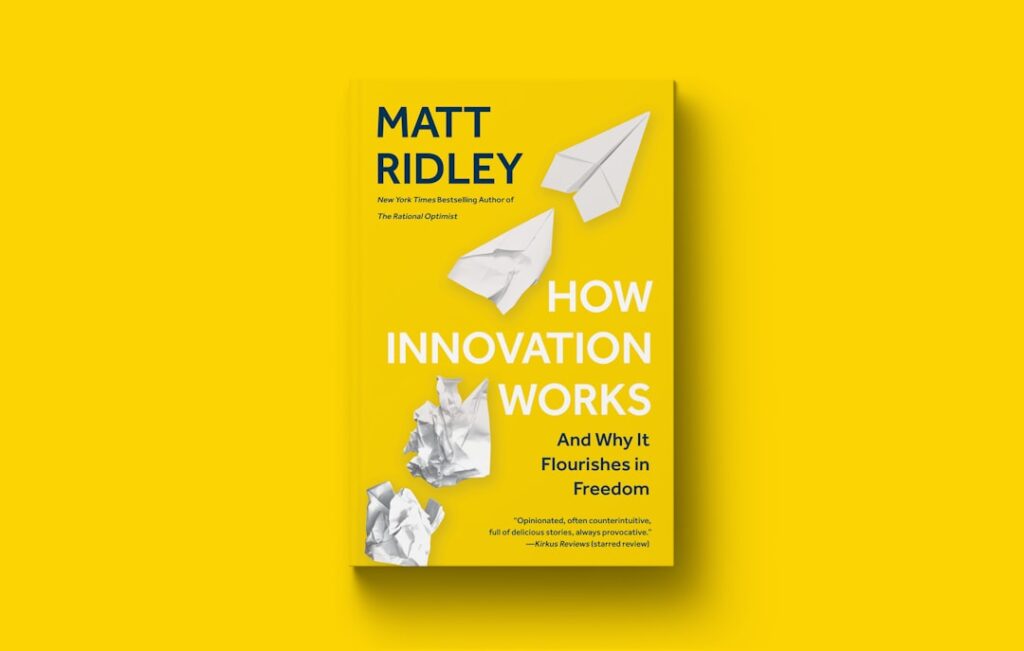The Hunger Games is a dystopian novel written by Suzanne Collins and published in 2008. Set in a post-apocalyptic world, the story takes place in the nation of Panem, which is divided into 12 districts and ruled by the oppressive Capitol. The novel follows the protagonist, Katniss Everdeen, as she volunteers to take her sister’s place in the annual Hunger Games, a televised event where children from each district are forced to fight to the death. The novel explores themes of survival, sacrifice, and rebellion against a tyrannical government. The Hunger Games has been widely acclaimed for its gripping storytelling, complex characters, and thought-provoking social commentary.
The novel has been adapted into a successful film franchise, with Jennifer Lawrence portraying the lead role of Katniss Everdeen. The Hunger Games has also spawned a dedicated fanbase and has had a significant impact on popular culture. The novel has been praised for its exploration of political and social issues, as well as its portrayal of a strong female protagonist. With its compelling narrative and powerful themes, The Hunger Games has become a modern classic in the dystopian fiction genre.
Key Takeaways
- The Hunger Games is a popular dystopian novel written by Suzanne Collins, set in a post-apocalyptic world where children are forced to fight to the death in a televised event.
- The plot follows protagonist Katniss Everdeen as she volunteers to take her sister’s place in the deadly Hunger Games and becomes a symbol of rebellion against the oppressive government.
- The novel explores dystopian themes such as totalitarian control, class inequality, and the dehumanization of society.
- Character development in The Hunger Games is evident through Katniss’ transformation from a survivalist to a symbol of hope and resistance.
- The Hunger Games is often compared to other dystopian novels such as 1984 and Brave New World, highlighting similar themes of government control and societal oppression.
- The Hunger Games has had a significant impact on popular culture, inspiring films, merchandise, and discussions about political and social issues.
- In conclusion, The Hunger Games remains a powerful and thought-provoking story that continues to resonate with audiences and spark conversations about the human condition and societal structures.
Plot Summary of The Hunger Games
The Hunger Games is set in a future world where the nation of Panem is divided into 12 districts, each ruled by the oppressive Capitol. As punishment for a past rebellion, the Capitol hosts an annual event called the Hunger Games, where one boy and one girl from each district are chosen to fight to the death in a televised arena. When Katniss Everdeen’s younger sister, Prim, is selected as a tribute for District 12, Katniss volunteers to take her place. Alongside Peeta Mellark, the other tribute from District 12, Katniss is thrust into the brutal world of the Hunger Games.
Throughout the competition, Katniss and Peeta must navigate alliances, betrayals, and deadly obstacles in order to survive. As they struggle to stay alive, they also become symbols of hope for the oppressed citizens of Panem. The novel culminates in a dramatic showdown between the remaining tributes, leading to a surprising and game-changing conclusion. The Hunger Games is a gripping tale of survival, sacrifice, and rebellion that has captivated readers and audiences around the world.
Analysis of Dystopian Themes in The Hunger Games
The Hunger Games explores several dystopian themes, including totalitarianism, social inequality, and the dehumanizing effects of violence. The novel presents a stark vision of a future society where the ruling government maintains control through fear and oppression. The stark divide between the wealthy Capitol and the impoverished districts highlights the theme of social inequality and the abuse of power by those in authority. The annual spectacle of the Hunger Games serves as a form of entertainment for the Capitol citizens, while it is a harrowing ordeal for the tributes forced to participate.
The novel also delves into the psychological impact of violence on both the perpetrators and victims. The tributes are forced to kill one another in order to survive, leading to moral dilemmas and emotional trauma. The dehumanizing effects of violence are further emphasized by the voyeuristic nature of the televised games, where the suffering and death of young people are broadcast for mass consumption. The Hunger Games serves as a cautionary tale about the dangers of unchecked power and the consequences of societal apathy. Through its exploration of these dystopian themes, the novel offers a thought-provoking commentary on contemporary issues and human nature.
Discussion of Character Development in The Hunger Games
| Character | Development |
|---|---|
| Katniss Everdeen | From a reluctant participant to a symbol of rebellion |
| Peeta Mellark | From a baker’s son to a strategic thinker and survivor |
| Gale Hawthorne | From a friend to a revolutionary leader |
| Haymitch Abernathy | From a drunken mentor to a strategic advisor |
The Hunger Games features compelling character development, particularly with its protagonist, Katniss Everdeen. Throughout the novel, Katniss undergoes a transformation from a reluctant heroine to a symbol of resistance against the oppressive Capitol. Her experiences in the Hunger Games force her to confront her own moral compass and capacity for survival. As she forms alliances and faces adversaries in the arena, Katniss grapples with her own identity and sense of agency in a world that seeks to control her.
Peeta Mellark, Katniss’s fellow tribute from District 12, also experiences significant character development throughout the novel. Initially seen as sensitive and compassionate, Peeta reveals hidden strengths and resilience as he navigates the challenges of the Hunger Games. His complex relationship with Katniss adds depth to his character and contributes to the emotional tension of the story.
The supporting characters in The Hunger Games also undergo notable development, adding layers of complexity to the narrative. From mentors like Haymitch Abernathy to fellow tributes like Rue and Thresh, each character contributes to the rich tapestry of the novel’s dystopian world. The nuanced character development in The Hunger Games adds depth and emotional resonance to the story, making it a compelling exploration of human nature and resilience in the face of adversity.
Comparing The Hunger Games to Other Dystopian Novels
The Hunger Games has been compared to other dystopian novels such as George Orwell’s “1984” and Aldous Huxley’s “Brave New World” due to its exploration of totalitarianism and social control. Like these classic dystopian works, The Hunger Games presents a bleak vision of a future society where individual freedoms are suppressed and surveillance is omnipresent. However, The Hunger Games distinguishes itself by focusing on the experiences of young protagonists thrust into a deadly competition, adding an element of visceral urgency to its narrative.
Another notable comparison can be made between The Hunger Games and Ray Bradbury’s “Fahrenheit 451,” which also examines themes of censorship and resistance against oppressive authority. Both novels depict societies where information is tightly controlled and dissent is met with severe consequences. However, The Hunger Games introduces a physical arena where violence becomes a spectacle for entertainment, highlighting the desensitization and moral decay of its fictional world.
In contrast to these classic dystopian novels, The Hunger Games also shares thematic similarities with contemporary works such as Margaret Atwood’s “The Handmaid’s Tale” and Veronica Roth’s “Divergent.” These novels explore themes of gender oppression and societal division, resonating with The Hunger Games’ examination of power dynamics and resistance. Through its unique blend of dystopian elements and compelling character-driven storytelling, The Hunger Games has carved out its own place in the pantheon of dystopian literature.
Impact of The Hunger Games on Popular Culture

The Hunger Games has had a significant impact on popular culture since its publication, spawning a successful film franchise and influencing various forms of media. The adaptation of the novel into a series of blockbuster films brought its compelling story and characters to a wider audience, further solidifying its status as a cultural phenomenon. The portrayal of Katniss Everdeen as a strong and independent female protagonist has resonated with audiences and inspired discussions about gender representation in popular media.
The success of The Hunger Games has also influenced other works of young adult fiction, leading to an increase in dystopian-themed novels aimed at teenage audiences. Authors have sought to capture the same blend of social commentary and gripping storytelling that made The Hunger Games so popular, resulting in a wave of dystopian literature that continues to captivate readers.
Beyond literature and film, The Hunger Games has left its mark on fashion, merchandise, and even real-world activism. The iconic Mockingjay symbol from the series has been adopted as a symbol of resistance by various social movements, reflecting the novel’s impact on contemporary political discourse.
Conclusion and Final Thoughts on The Hunger Games
In conclusion, The Hunger Games stands as a powerful example of dystopian fiction that has resonated with readers and audiences around the world. Through its exploration of themes such as totalitarianism, social inequality, and resistance, the novel offers a thought-provoking commentary on contemporary issues while delivering an engrossing narrative filled with memorable characters.
The impact of The Hunger Games on popular culture is undeniable, as it has inspired discussions about gender representation, influenced other works of fiction, and even made an impact on real-world activism. With its compelling storytelling and complex characters, The Hunger Games has earned its place as a modern classic in the dystopian genre and continues to captivate new generations of readers.
If you’re interested in the technology behind the Hunger Games series, you should check out the article “The Role of Technology in Dystopian Fiction” on www.gomactech.org. This article explores how technology is portrayed in dystopian literature, including the use of advanced weaponry and surveillance in the Hunger Games. It’s a fascinating look at how authors use technology to create immersive and thought-provoking worlds.
FAQs
What is the Hunger Games PDF?
The Hunger Games PDF refers to a digital version of the popular novel “The Hunger Games” by Suzanne Collins. It is a convenient way for readers to access the book on electronic devices.
Where can I find the Hunger Games PDF?
The Hunger Games PDF can be found on various online platforms, such as e-book retailers, digital libraries, and websites that offer free e-book downloads. It is important to ensure that the source is legitimate and authorized to distribute the PDF.
Is it legal to download the Hunger Games PDF for free?
Downloading the Hunger Games PDF for free from unauthorized sources may infringe on copyright laws. It is recommended to purchase the e-book from legitimate retailers or borrow it from a library to support the author and comply with copyright regulations.
Can I read the Hunger Games PDF on any device?
Yes, the Hunger Games PDF can be read on a wide range of electronic devices, including e-readers, tablets, smartphones, and computers. It is compatible with various software and applications designed for reading digital books.
Is the Hunger Games PDF the same as the printed book?
The content of the Hunger Games PDF is identical to the printed version of the book. However, the reading experience may differ due to the format and features of digital devices.


